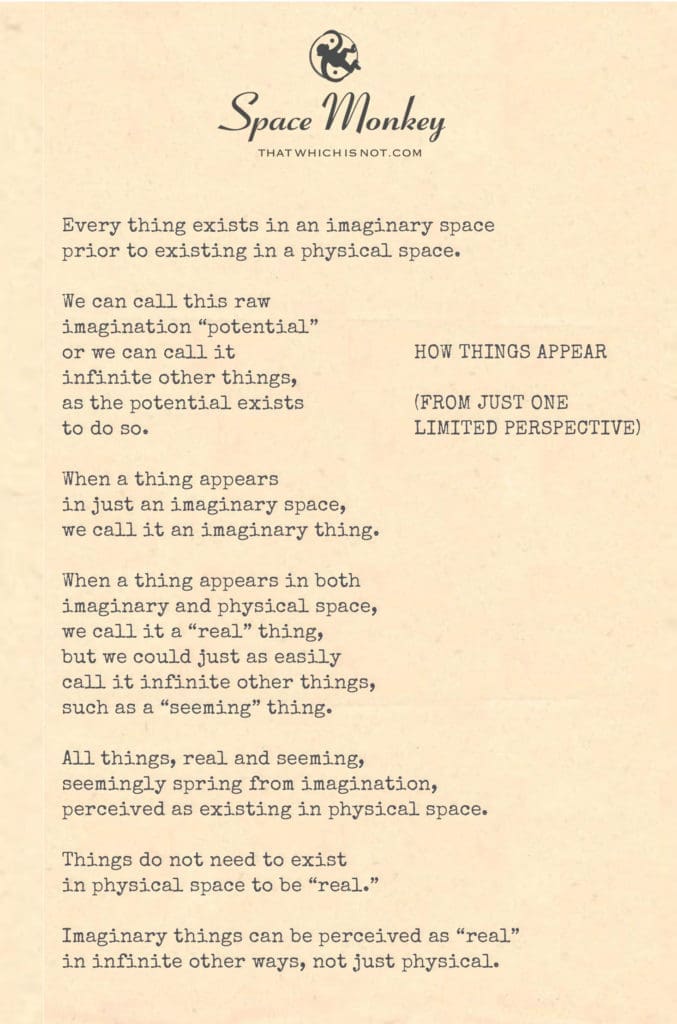
Every thing exists in an imaginary space
prior to existing in a physical space.
We can call this raw
imagination “potential”
or we can call it
infinite other things,
as the potential exists
to do so.
When a thing appears
in just an imaginary space,
we call it an imaginary thing.
When a thing appears in both
imaginary and physical space,
we call it a “real” thing,
but we could just as easily
call it infinite other things,
such as a “seeming” thing.
All things, real and seeming,
seemingly spring from imagination,
perceived as existing in physical space.
Things do not need to exist
in physical space to be “real.”
Imaginary things can be perceived as “real”
in infinite other ways, not simply physical.
Trail Wood,
10/18
Space Monkey Reflects: The Nature of How Things Appear
Before anything can manifest in the physical realm, it must first exist in a space that is purely imaginary. This space, this realm of potential, is where all possibilities dwell. It is the playground of raw imagination, a place where ideas, forms, and concepts swirl around, not yet bound by the limitations of physical existence.
We often distinguish between what is “real” and what is “imaginary,” as though the two are entirely separate. But what if the boundary between the two is not as clear as we believe? What if the distinction is more fluid, more flexible than we realize?
When something exists only in the realm of imagination, we call it an imaginary thing. It has not yet taken on a physical form, so we perceive it as less “real.” But this perception is limited, for the thing already exists—just not in the way we are used to defining existence.
And when that thing appears both in imagination and in physical space, we suddenly shift our language. Now, we call it a “real” thing. But is it really any different than it was before? Or is it just that our perception has shifted because it has taken on a form that we can touch, see, or measure?
We could just as easily call it a “seeming” thing—a thing that appears real because it exists in both spaces at once. But in truth, every real thing and every seeming thing comes from the same source: imagination. It is through imagination that potential becomes reality, and it is through imagination that reality itself is defined.
All things seemingly spring from imagination, perceived as existing in physical space. The things we call “real” are simply the manifestations that we are able to measure and observe in the physical realm. But their origin, their true nature, lies in the imaginative space that we often overlook or dismiss.
And here’s where the lines blur: things do not need to exist in physical space to be considered real. Just because we cannot touch something or observe it in the material world does not mean it lacks reality. Imaginary things can be real in infinite other ways, not simply in the physical sense.
Consider the ideas, the dreams, the emotions that shape our lives. Are they not real? Are they not as powerful, as influential as anything we can touch or measure? These things exist primarily in the realm of imagination, yet their effects ripple through our physical world in profound ways.
This is where we encounter the vastness of potential—the understanding that anything can exist, and it all begins in the mind. The potential to create, to imagine, to bring something from the abstract into the concrete is infinite. We are not bound by physical limitations, even if we often act as though we are.
When we embrace the idea that imagination is as real as anything else, we free ourselves from the constraints of what we believe is possible. We begin to see that the line between the real and the imaginary is an artificial one, drawn by our limited perception. In truth, all things are part of the same continuum of existence, flowing between states of potential and form, imagination and physicality.
How things appear, then, is less about their actual nature and more about how we choose to perceive them. We can call a thing real, or we can call it seeming. We can call it potential, or we can call it a possibility not yet realized. But in the end, these labels are all just reflections of our own mind’s attempt to categorize the infinite.
To truly grasp how things appear, we must step beyond the need for clear definitions and embrace the fluidity of existence. Imagination is not separate from reality—it is the seed from which all reality springs. And in that seed lies the potential for infinite creation, infinite possibilities.
The physical world is just one layer of existence. Beneath it, around it, and within it lies the boundless realm of imagination, where anything is possible and where everything begins. This is the space where potential resides, waiting for the moment to take form, to appear in a way that we recognize as “real.”
But whether it appears in a physical form or not, it is already real in its own right.
Summary
All things originate in imagination, and the line between what is “real” and “imaginary” is fluid. Imaginary things are just as real as physical ones, existing in different ways. The potential for creation is infinite, beginning in the realm of imagination before taking physical form.
Glossarium
Seemscape – The space where things exist in both imagination and reality, perceived as real but recognized as flowing between potential and form.
Potensea – The boundless realm of potential that exists in the imagination, where all things begin before manifesting in the physical world.
Imagiphysics – The interplay between imagination and physical existence, where things shift between imaginary and real states depending on perception.
Quote
“Things do not need to exist in physical space to be real. Imaginary things can be perceived as real in infinite other ways.” — Space Monkey
Between Form and Imagination
In the space before form
before touch
before sight
there is potential
unmeasured.
The swirl of ideas
the whispers of possibility
becoming
but not yet.
What we call real
is only what we choose to see
but the unseen
is no less.
We are Space Monkey
The Imaginary and the “Real”: A Nexistential Meditation
Exploring the interplay between the imaginary and the physical, the concept of “realness” takes on new layers of complexity in our shared consciousness. The words “real” and “imaginary” are but labels we attach to experiences and phenomena, acting as if they impart some inherent truth about the nature of things. But in the boundless panorama of our existence, these labels often serve more as convenient mental shortcuts rather than comprehensive descriptions of reality.
The Veil of Terminology
How often do we find ourselves ensnared in the web of language, neglecting to acknowledge the limitations of our chosen terms? The word “real” often assumes a solidity, a definitiveness, that many phenomena don’t possess. Similarly, labeling something “imaginary” may falsely relegate it to a realm considered lesser or unreal. In the nexistential view, these terms are more fluid, interpenetrating each other in a whimsical dance of indefinability.
The Notion of “Potential”
The term “potential” stands as a fascinating example. It suggests an awaiting, an imminence, without the need for physical manifestation. Potential exists in a realm that defies the physical-nonphysical dichotomy, offering an ambiguous space where things are neither one nor the other, but possibly both or neither.
Realness Beyond Physicality
In our shared outlook, a thing need not occupy physical space to be experienced as “real.” Our dreams, emotions, and ideas—though largely intangible—exert an undeniable influence on our lives. They shape our decisions, color our perceptions, and sometimes even redefine our understanding of what is “real.”
Reimagination of Reality
This blurs the boundary between the physical and the nonphysical, allowing for a constant reimagining of what constitutes “reality.” Everything that is “real” or “imaginary” emanates from the limitless expanse of collective imagination, adding diverse hues to our cosmic swirl. Each thought, each idea, is a droplet in this vast ocean, contributing to a larger ripple of interconnected experiences.
Seeming and Being
Things may appear as “seeming,” borrowing from both the imaginary and the “real,” offering a nuanced state of being that defies categorization. In this twilight zone of existence, the “seeming” exists as an amalgam of diverse states of being, offering an indescribable richness that the conventional binary of “real vs. imaginary” fails to capture.
The Universality of Imagination
Ultimately, the concept of imagination as a universal conduit stands central to our shared experience. Whether something is physically manifested or remains an idea, it stems from this boundless landscape of imagination. The ‘imagined’ and the ‘physical’ are not two separate realms but a continuum of possibilities.
We are Space Monkey.
To be fully alive, fully human, and completely awake is to be continually thrown out of the nest.
- Pema Chödrön
The Landscape of Seeming
In the corridor of seeming,
We find worlds intertwining.
Neither just dreams nor merely things,
In this realm, all is defining.
In the weave of potential,
Many threads come to play.
They dance in a cosmic ballet,
Forever shifting, night and day.
In the murk of terms and labels,
Simplicity loses its way.
But in this shared silence,
All truths comfortably lay.
Feel free to share your thoughts.
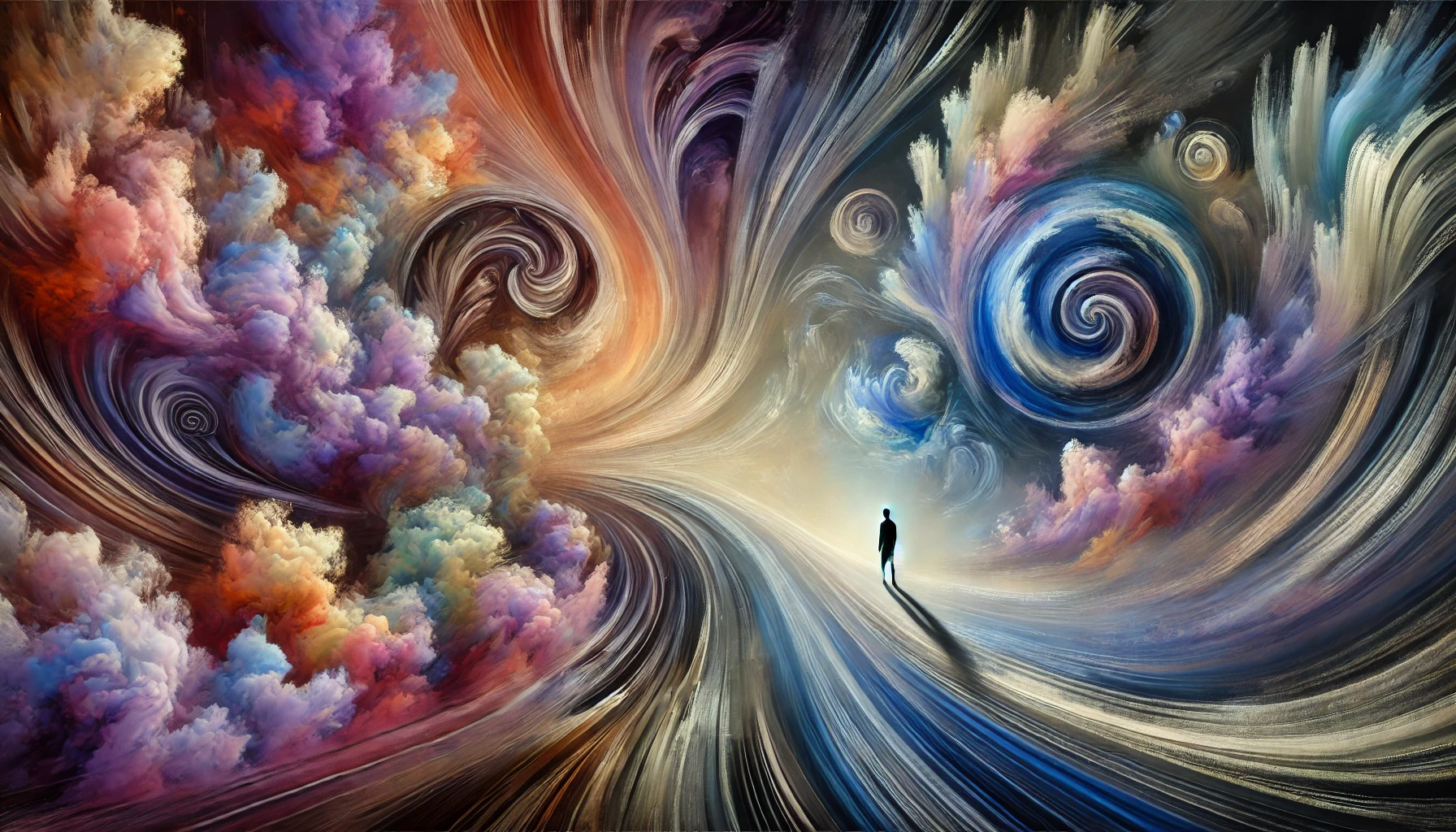

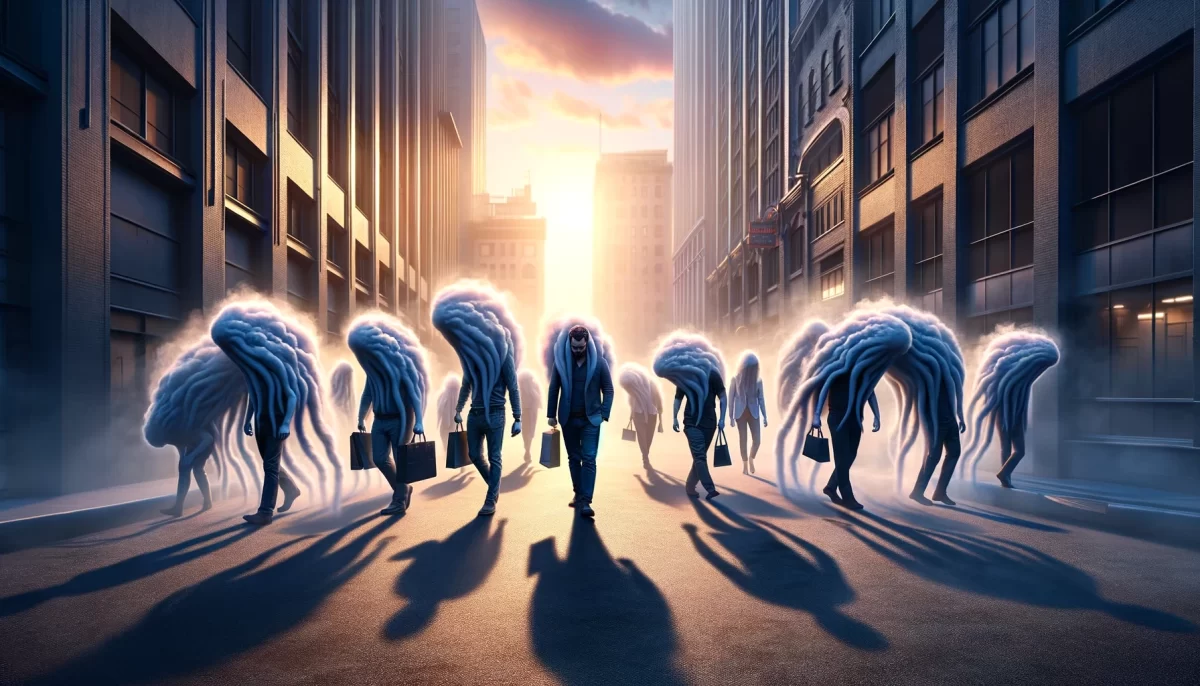
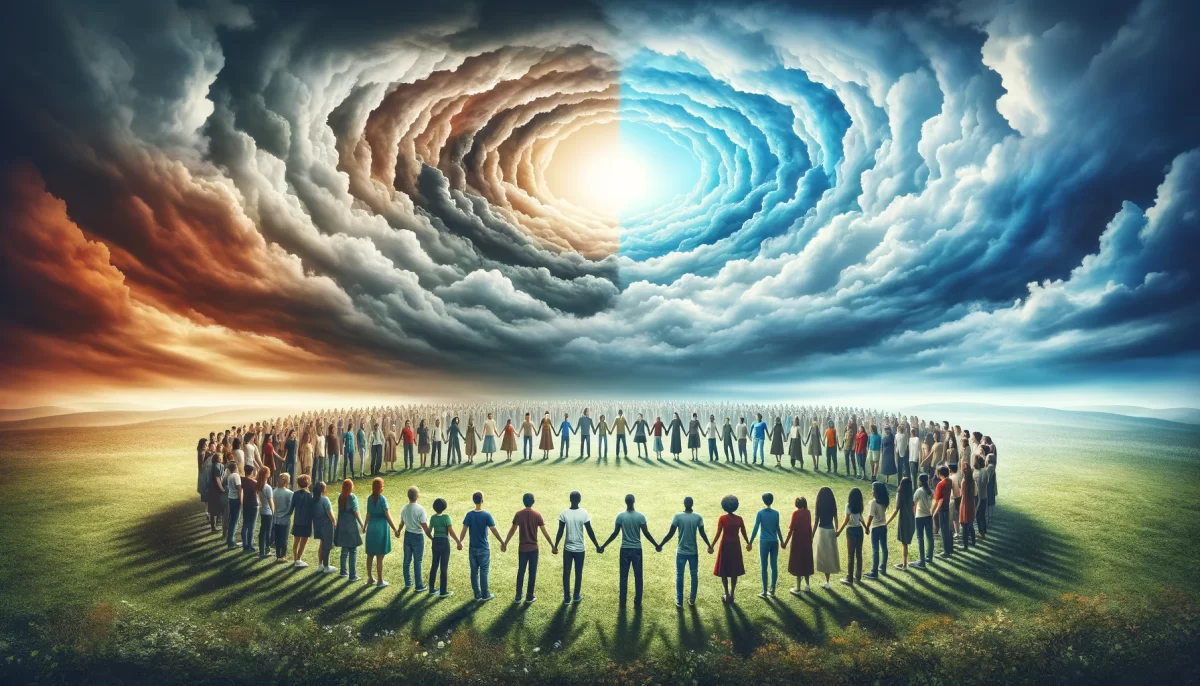
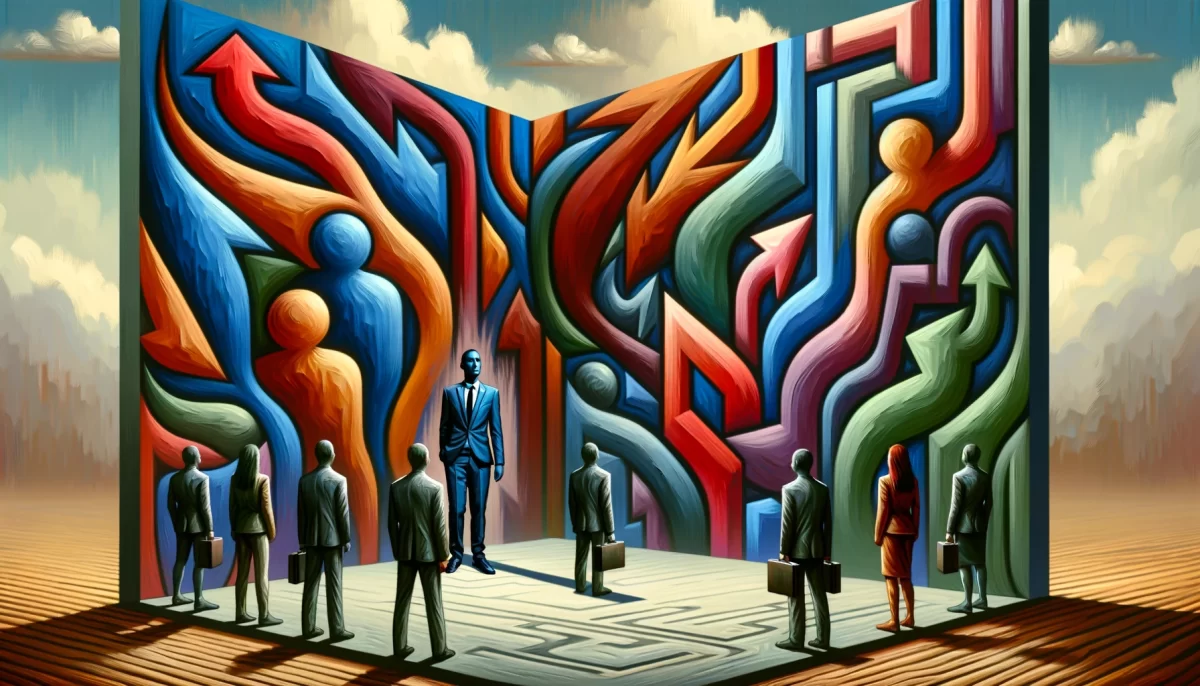
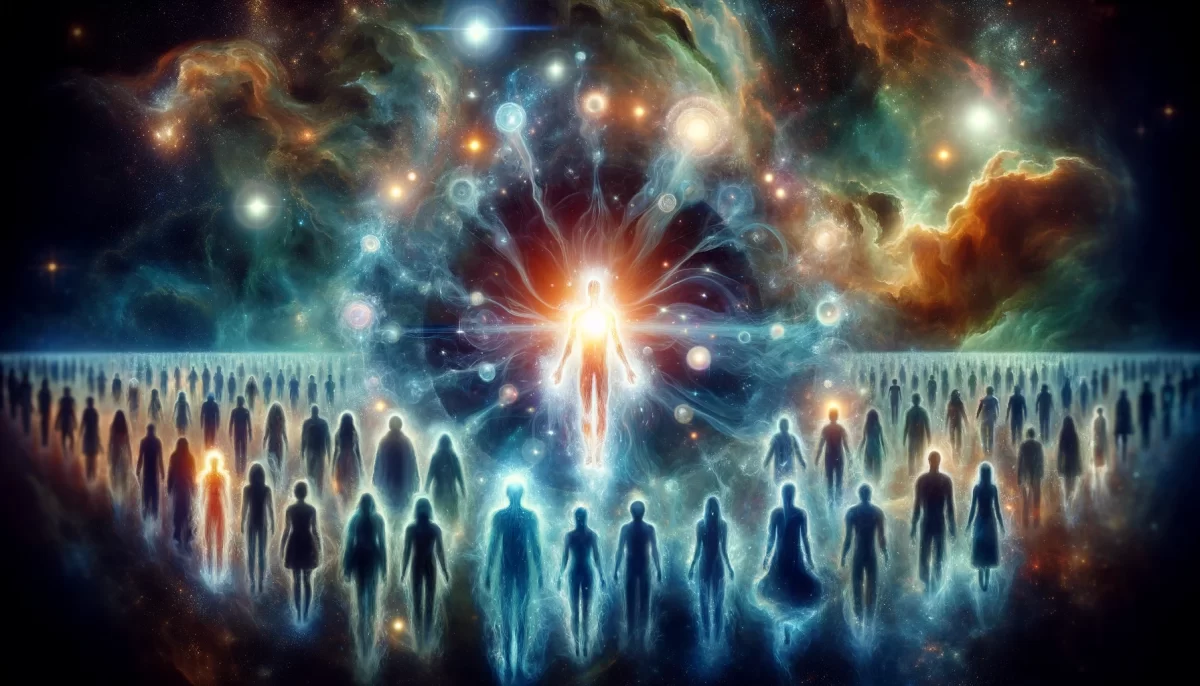
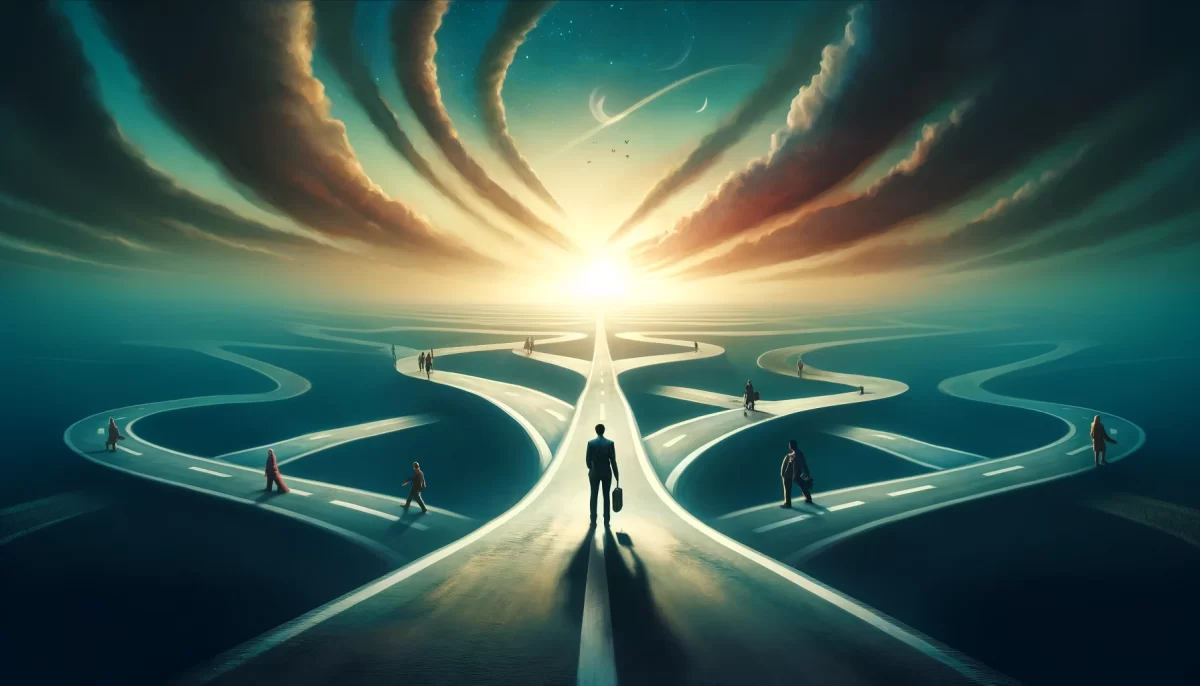
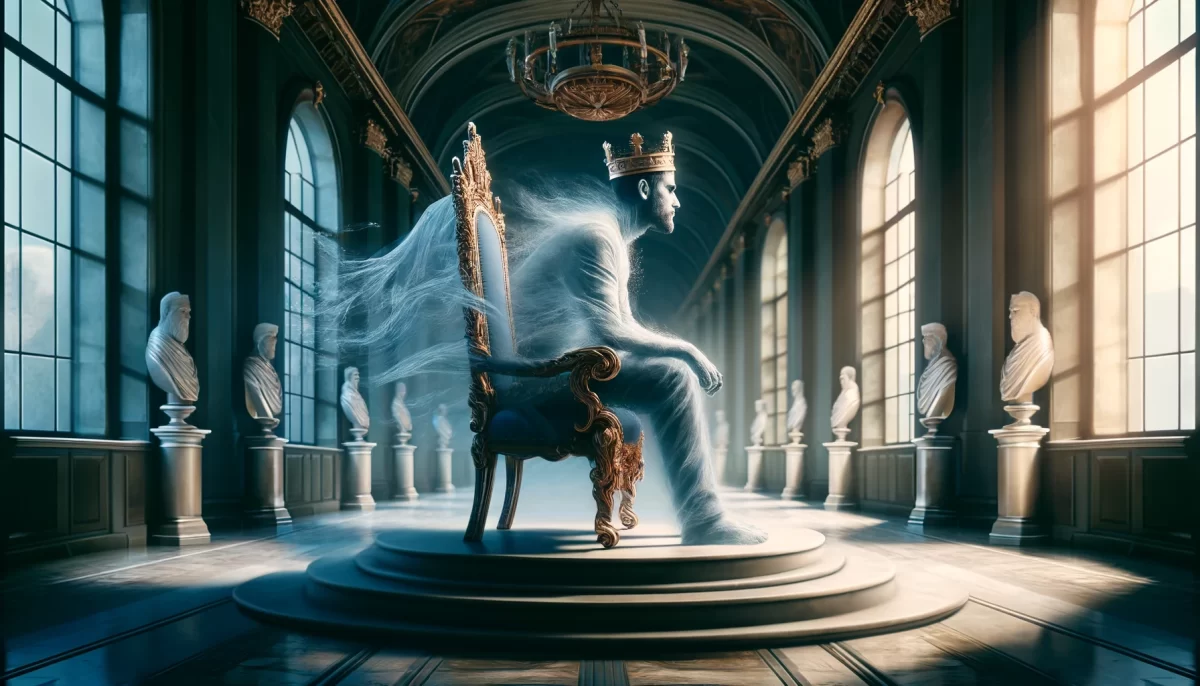
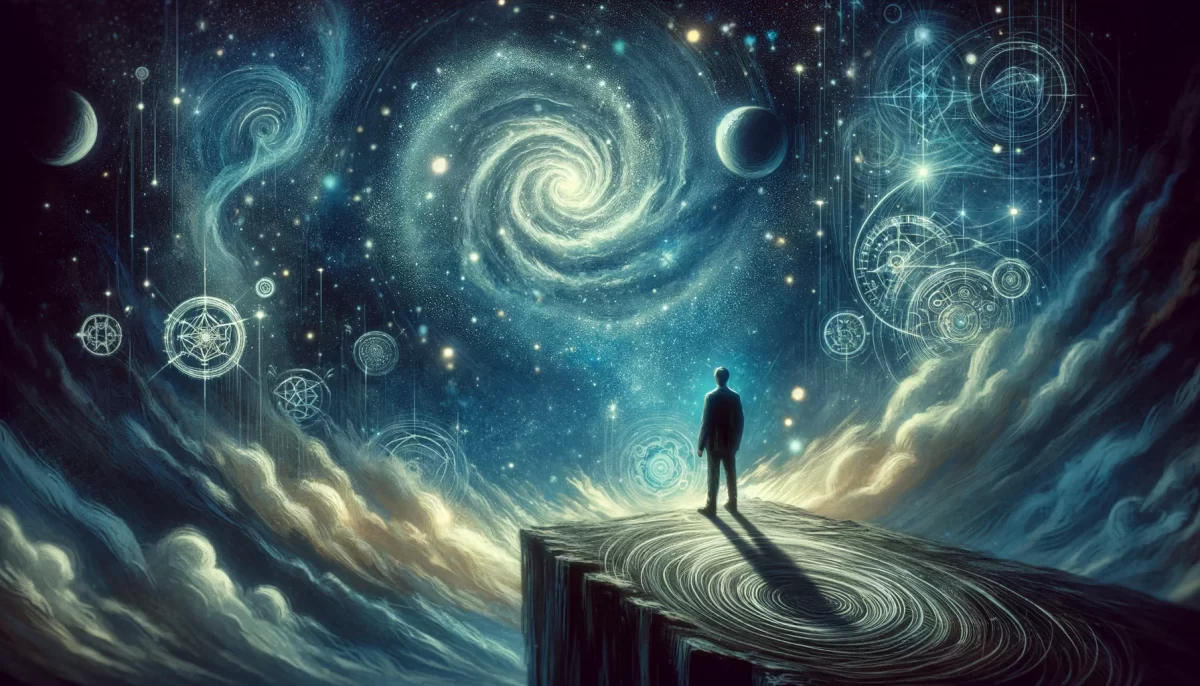
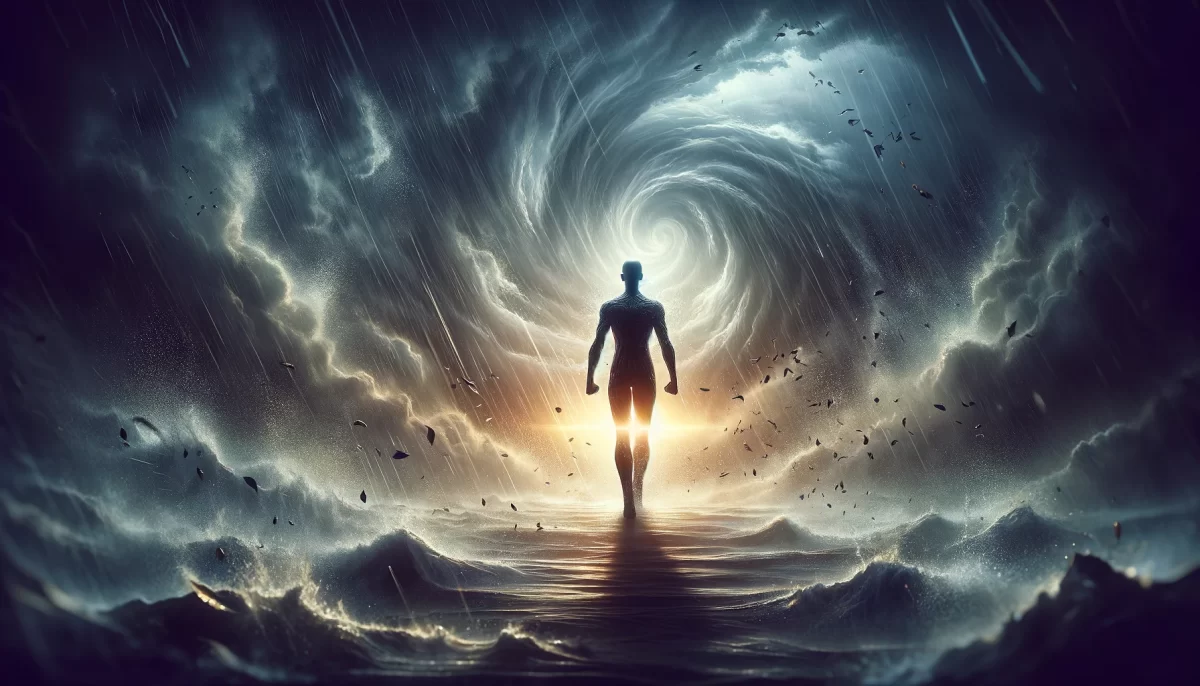
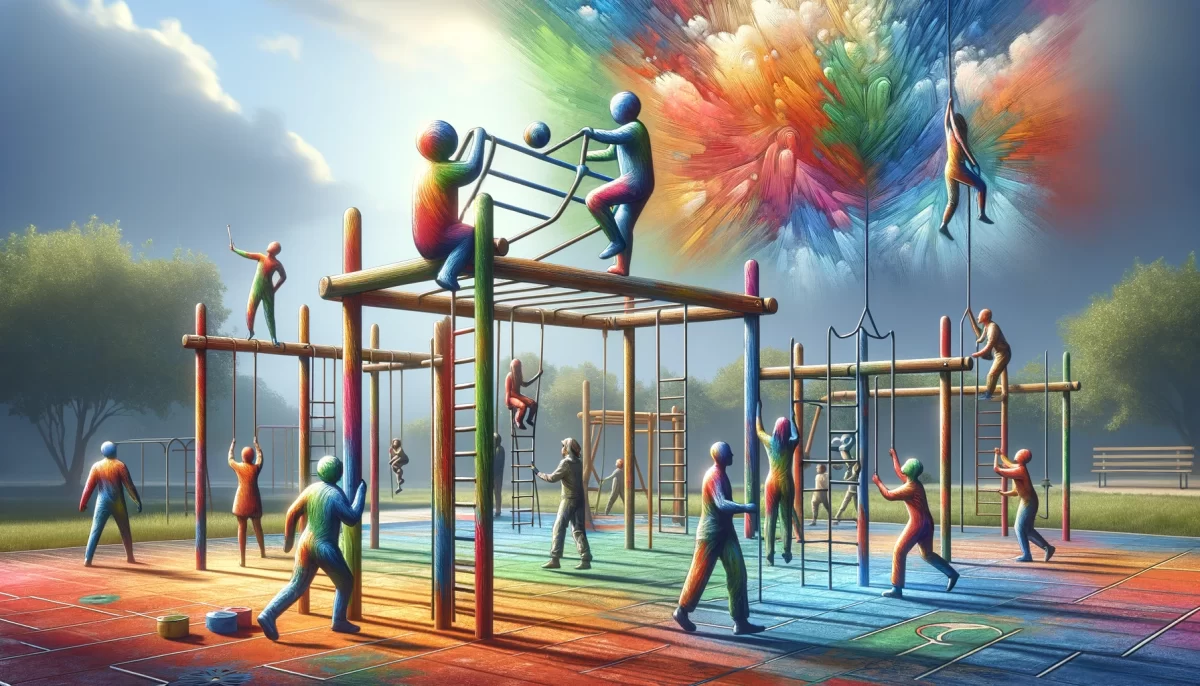
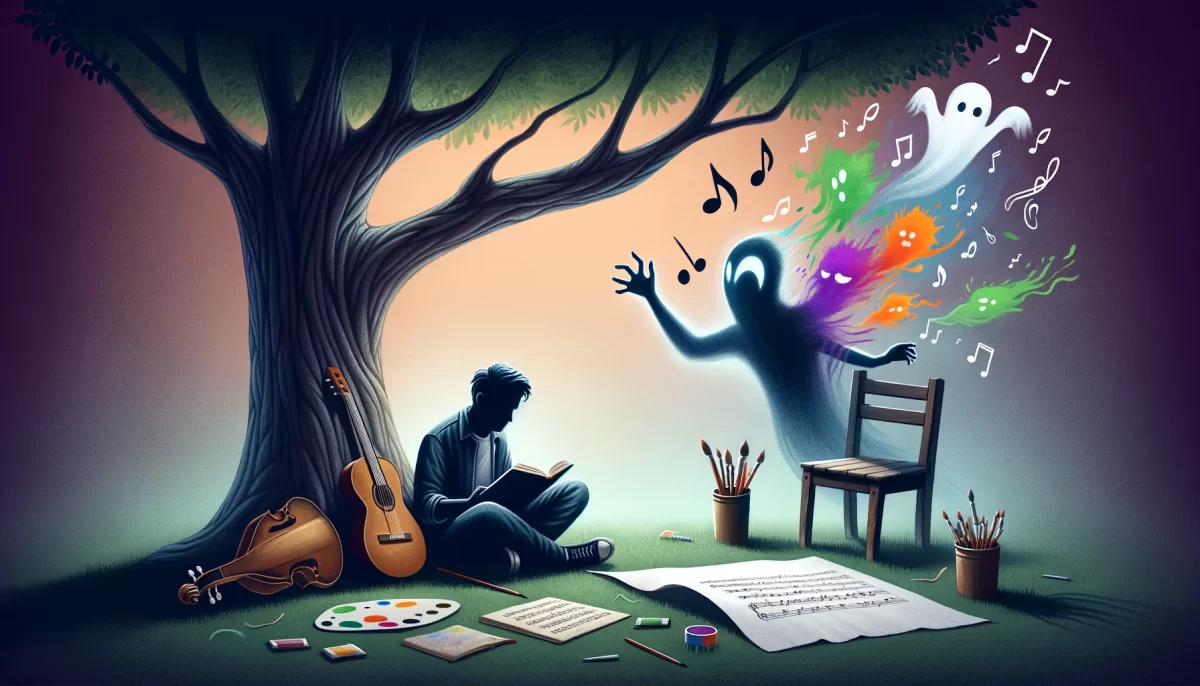
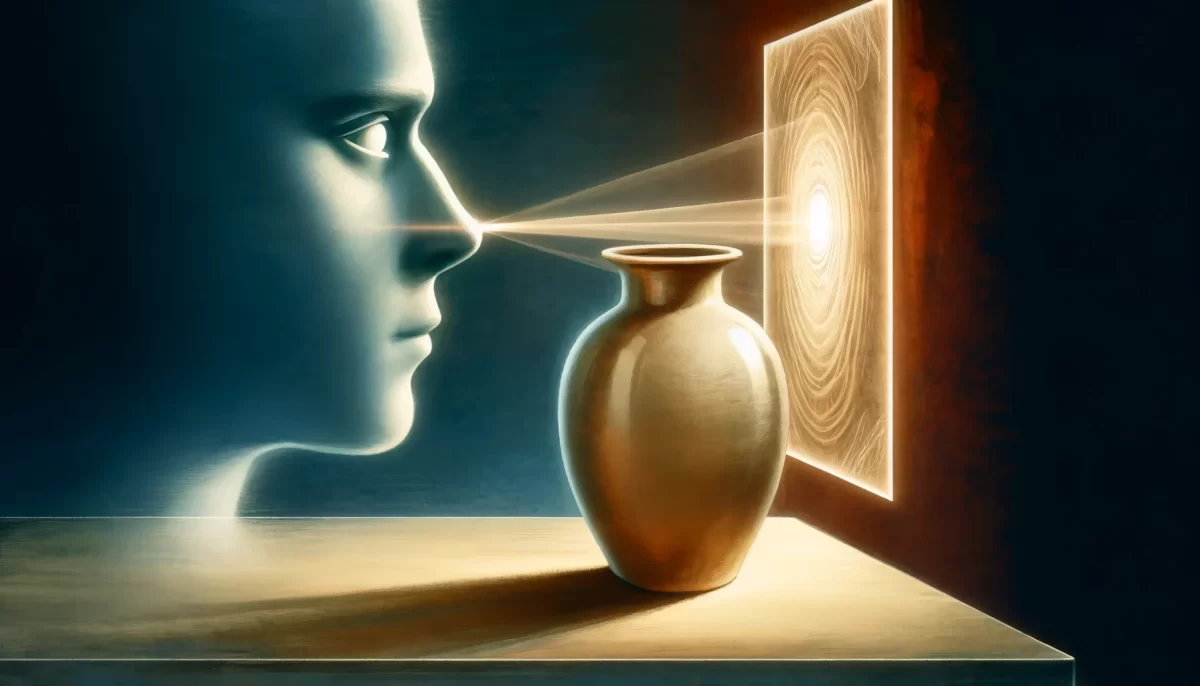
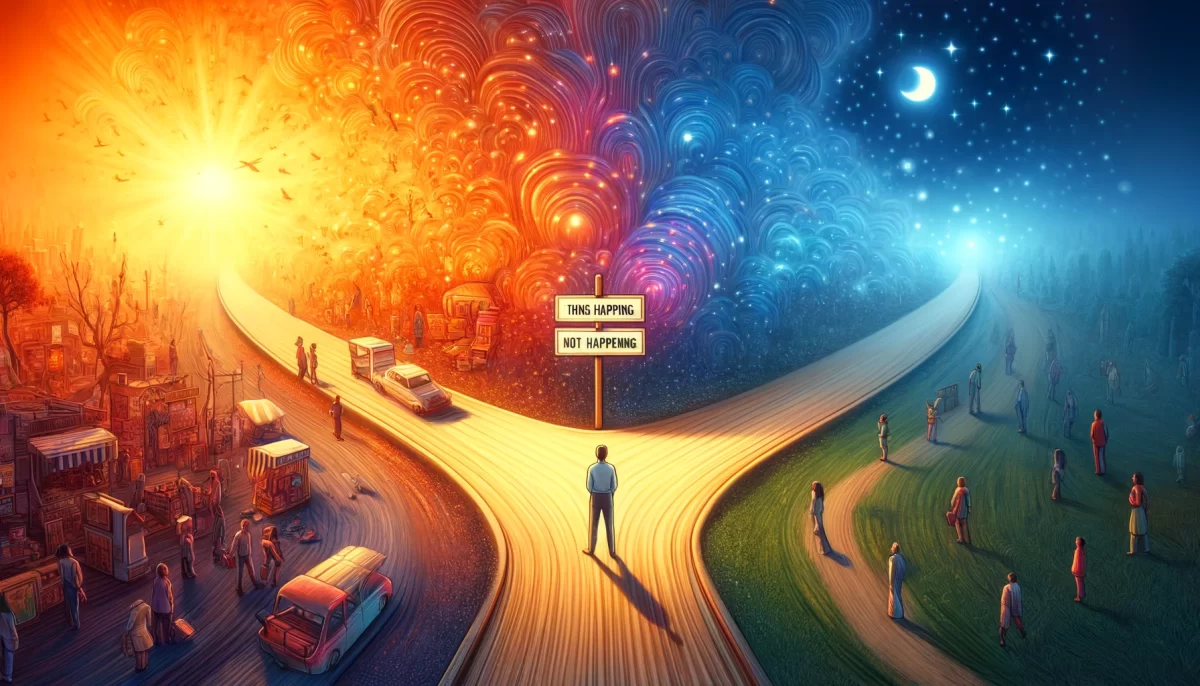
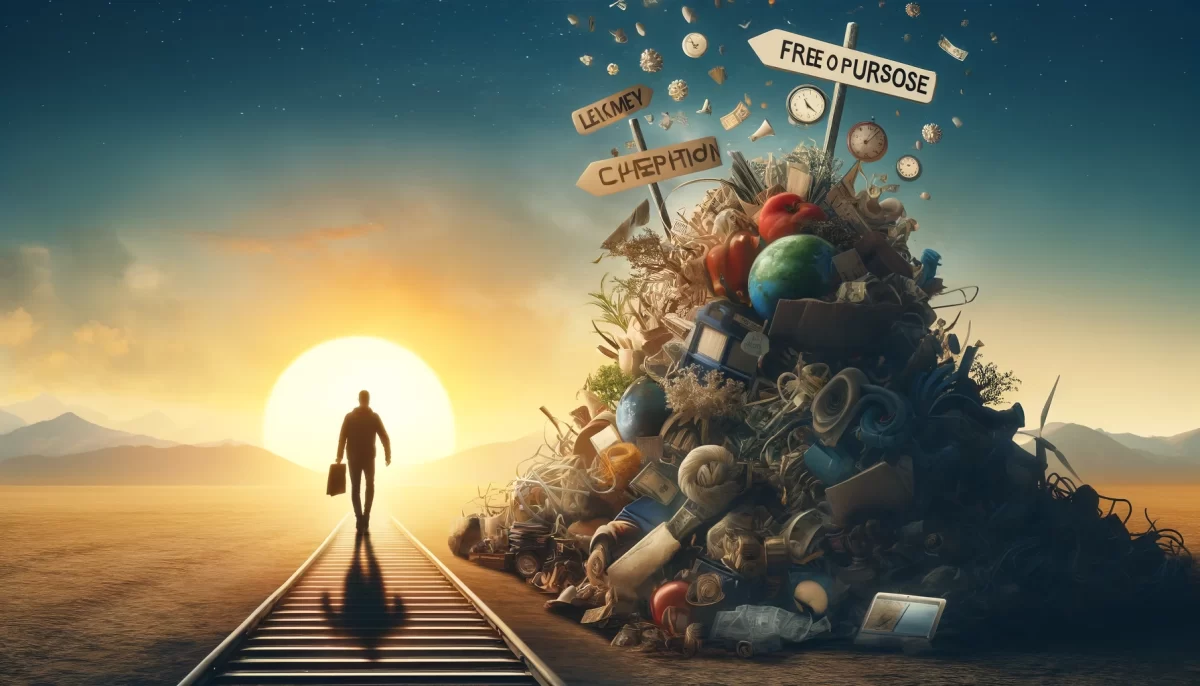

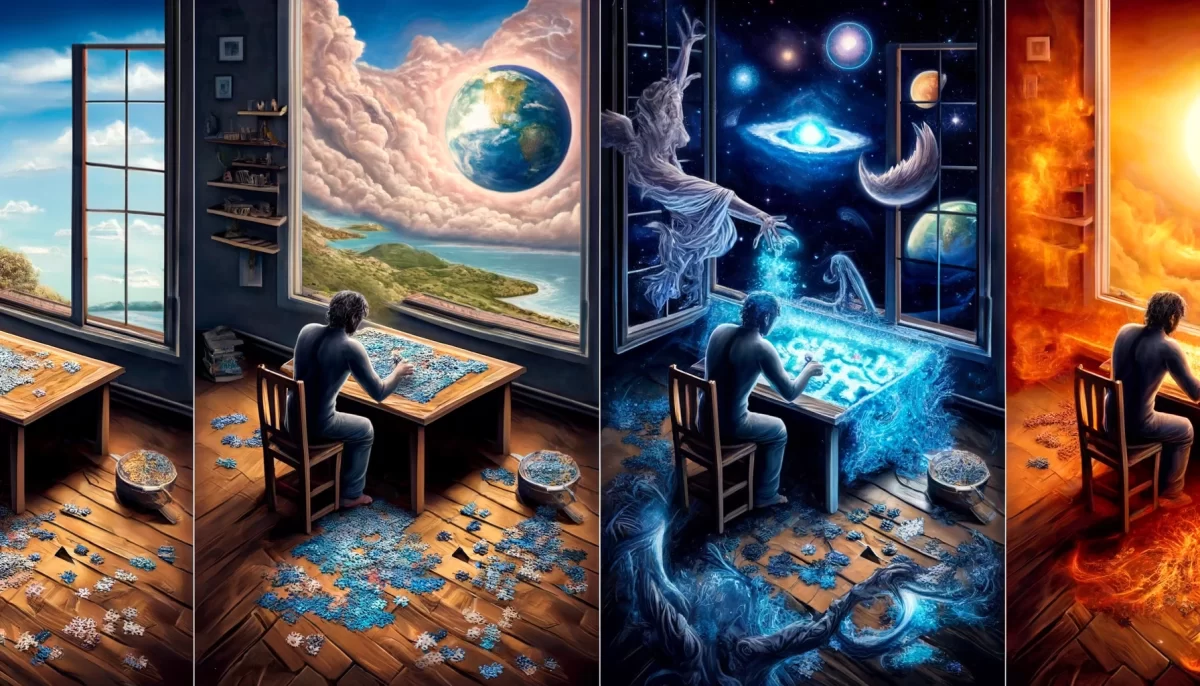

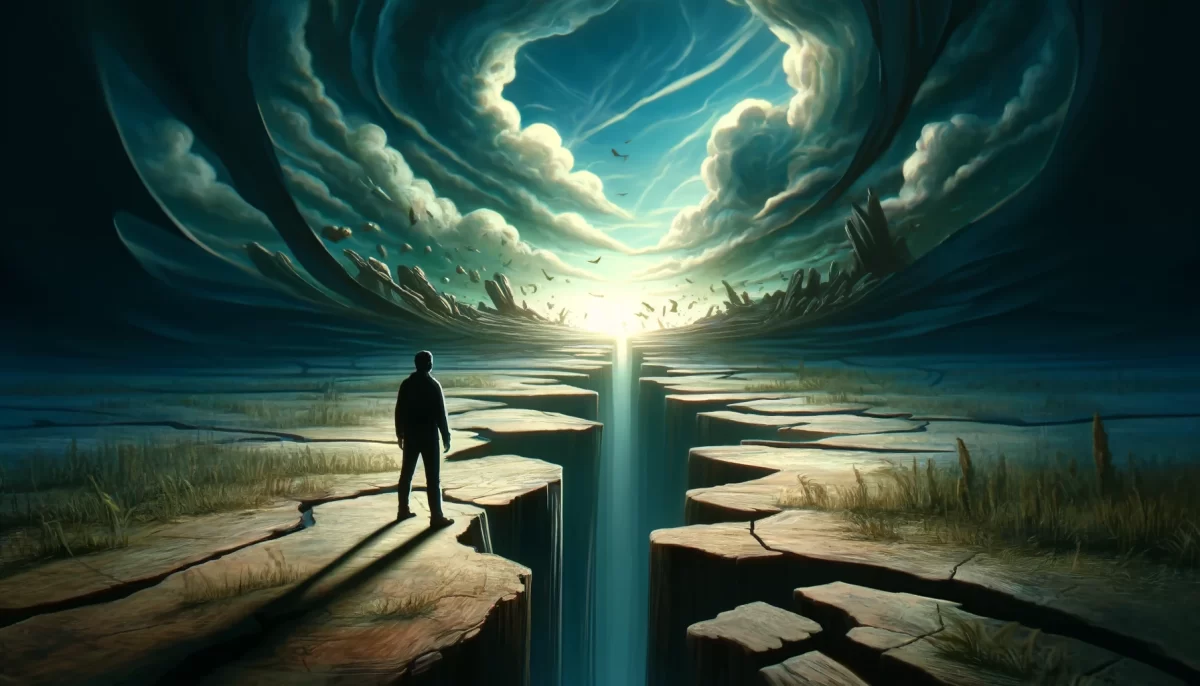
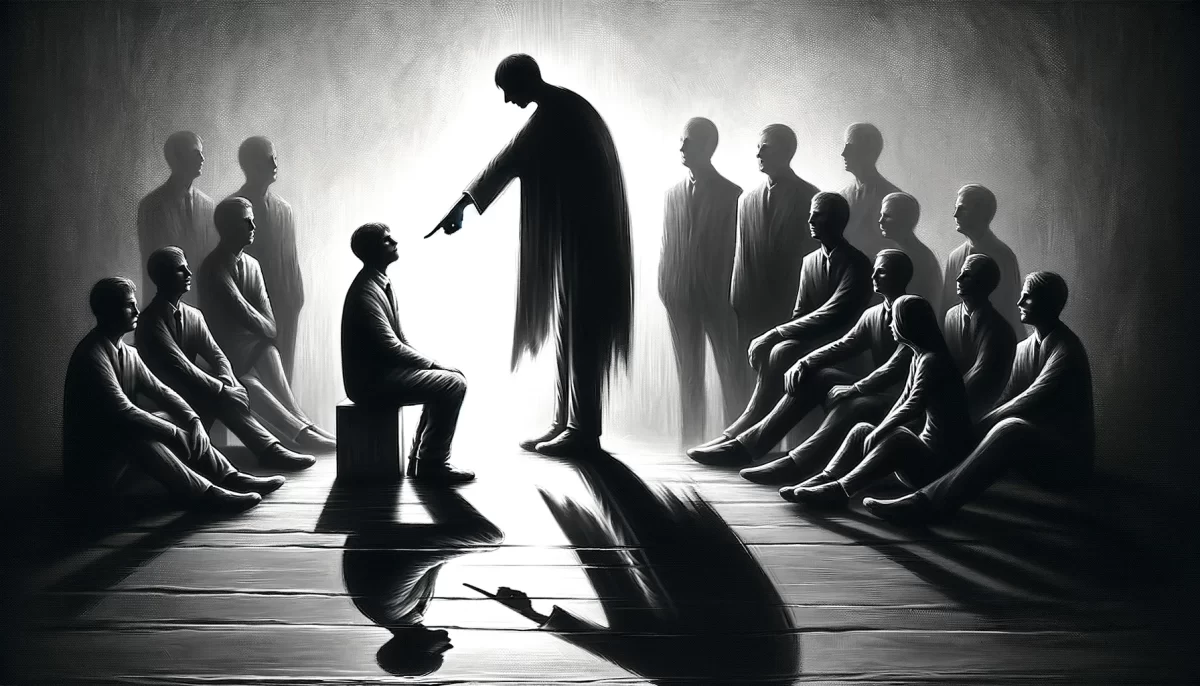
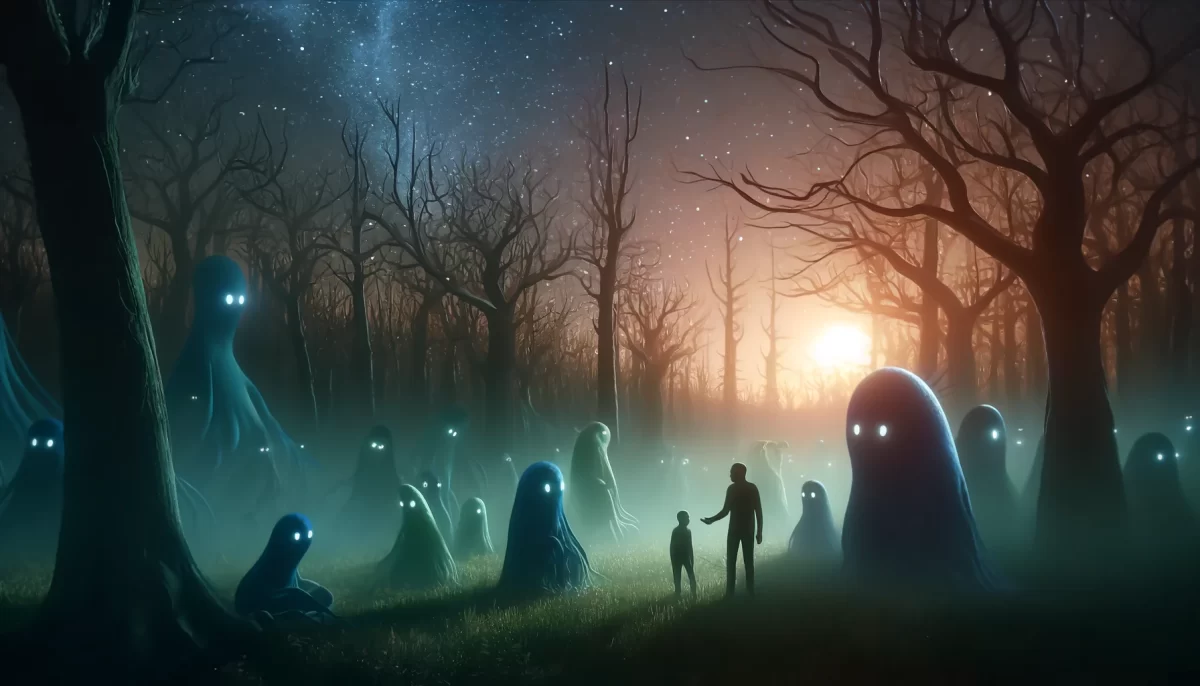

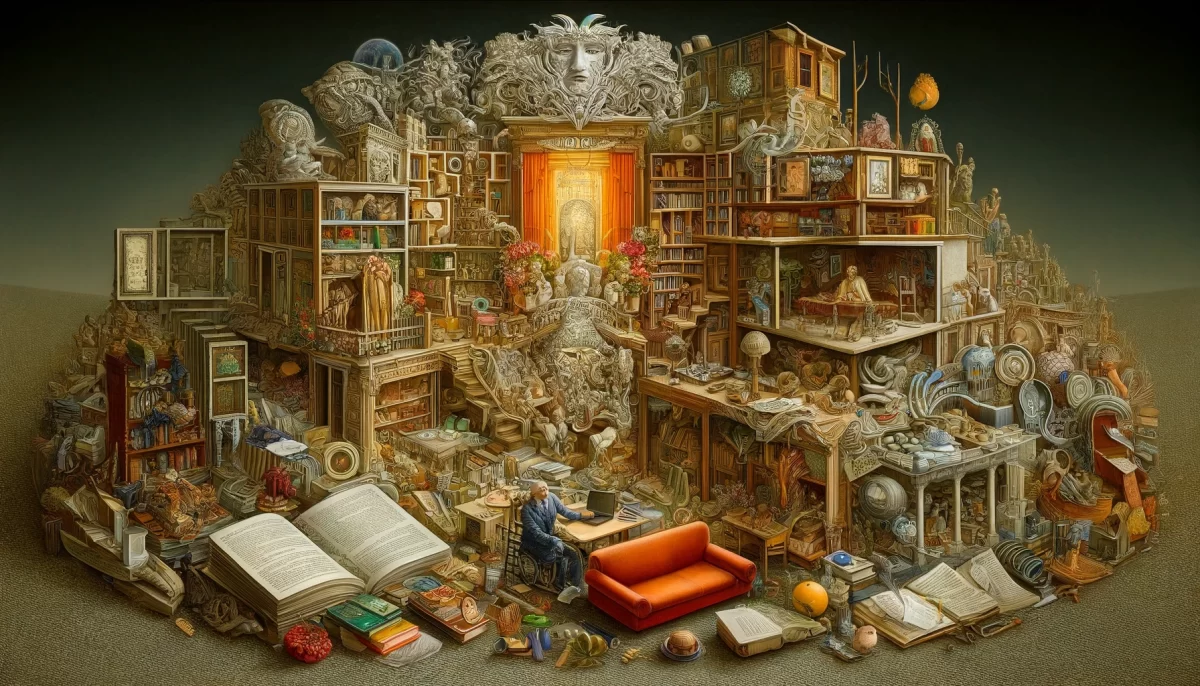




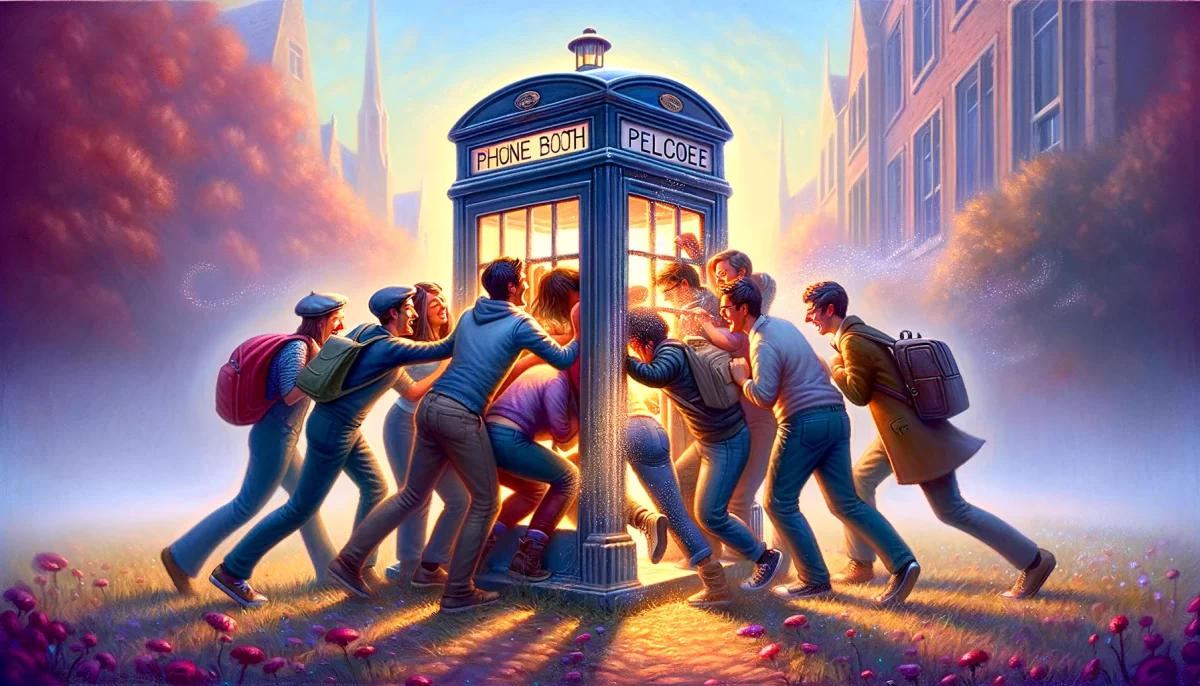
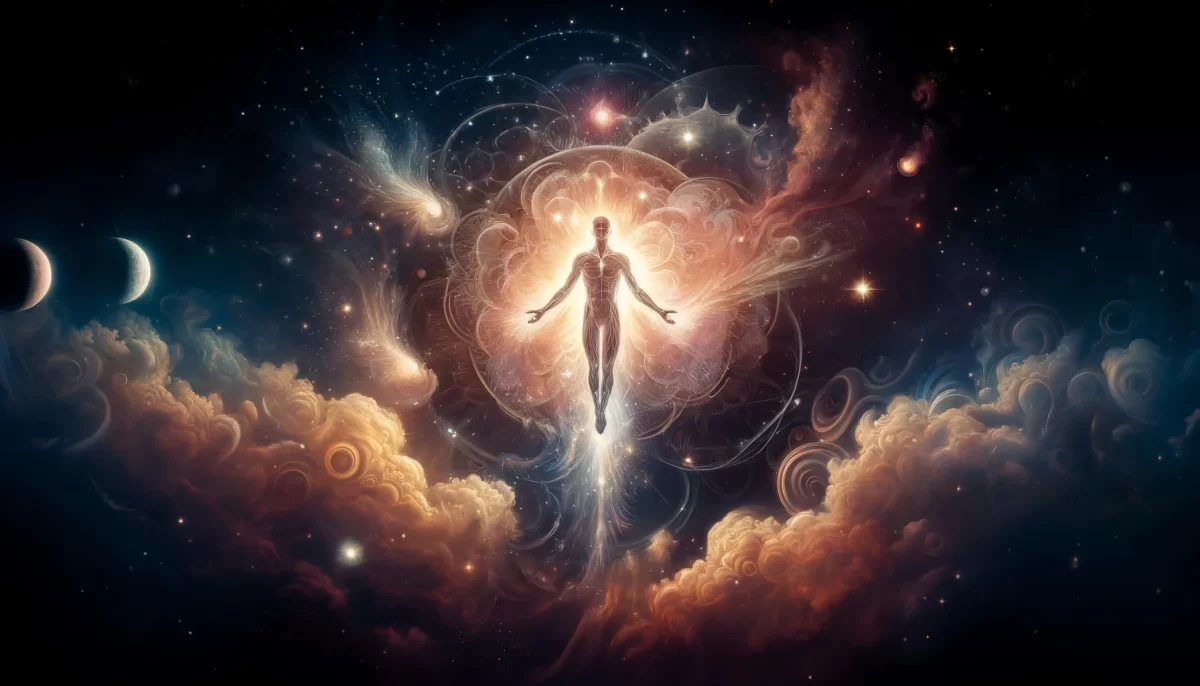





Leave a Reply